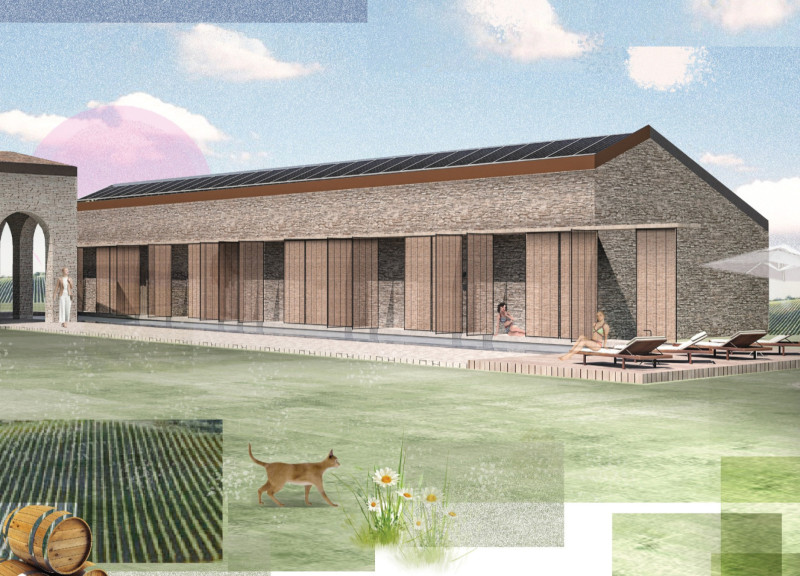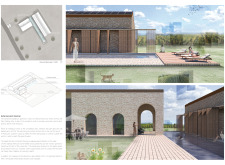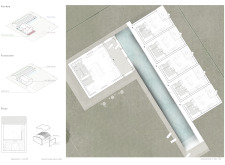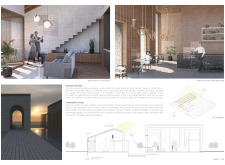5 key facts about this project
Functionally, this project serves as a series of guest accommodations that prioritize comfort and aesthetics, appealing to visitors seeking an immersive experience in this picturesque area. Each guest home is designed to provide a welcoming atmosphere while ensuring privacy and tranquility. The arrangement reflects careful attention to orientation, with each unit strategically placed to maximize views of the surrounding vineyards and landscape, creating a connection between guests and the natural environment.
The architecture of the Tily Wine Guest Homes showcases a thoughtful selection of materials that emphasize local craftsmanship and sustainability. Predominantly, the use of local stones for the façade connects the structure to its cultural roots, while timber elements add warmth and a tactile dimension to the interiors. Large glass panels are integrated to enhance the indoor-outdoor relationship, allowing natural light to flood the living spaces and providing unobstructed views of the stunning scenery. This design approach encourages a lifestyle that interacts with nature, thus aligning well with the project’s emphasis on relaxation and the enjoyment of the landscape.
In terms of unique design approaches, the Tily project distinguishes itself through its innovative layout inspired by vineyard planting techniques. The spacing of the individual guest homes echoes the careful arrangement of vines, which not only enhances the visual appeal but also facilitates a sense of community among guests while preserving each home’s privacy. Flexible spaces within the homes are designed to adapt to various needs, accommodating families or couples seeking a romantic getaway. This adaptability is a hallmark of modern architectural design, ensuring that the spaces function optimally for diverse user experiences.
Additionally, the incorporation of sustainability features, such as solar panels, reflects a forward-thinking approach inherent in contemporary architecture. These elements do not detract from the overall design but rather integrate seamlessly, showcasing a responsible use of resources that aligns with the natural environment. By prioritizing energy efficiency and reducing environmental impact, the Tily project underscores the importance of sustainable practices in modern architectural design.
The experience offered by the Tily Wine Italy Guest Homes extends beyond physical comfort. It is carefully curated to engage guests with the local culture, particularly through proximity to wine tasting areas and communal gathering spaces. This aspect fosters a communal atmosphere, allowing visitors to connect with one another while sharing experiences rooted in the beautiful surroundings.
Overall, the Tily Wine project stands as a testament to the power of thoughtful architectural design in creating spaces that resonate with their location. For those interested in deeper insights into the architectural plans, sections, and design ideas that constitute this project, exploring the full presentation may offer a wealth of information regarding its innovative approach and the meticulous detail that has shaped its creation. Enthusiasts of architecture and design will find much to appreciate in this elegant blend of functionality, aesthetic appeal, and environmental harmony.


























